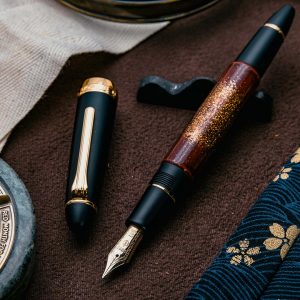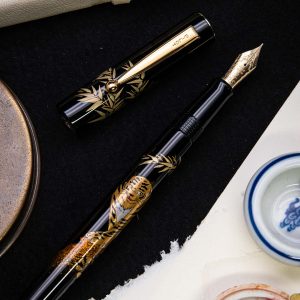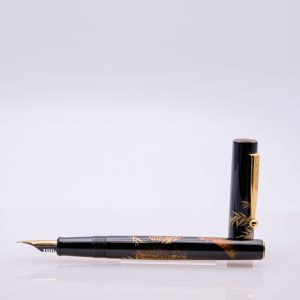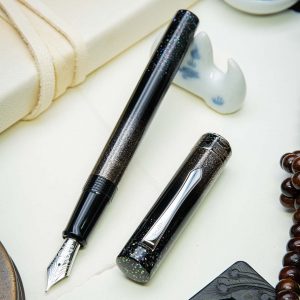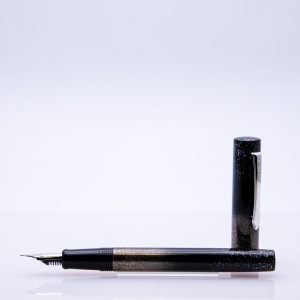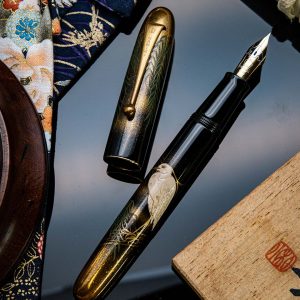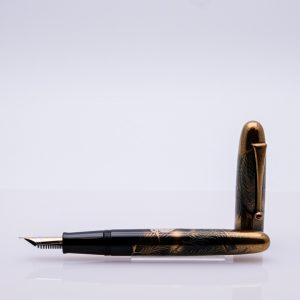The art of MAKI-E
Maki-e literally means “painting by sprinkling gold”.
”The lacquer used in Japan is called urushi. It is made with the sap of a tree that belongs to the sumac genus: the Rhus verniciflua, more commonly known ad the urushi tree, Japan varnish, or lacquer tree.
The sap of this deciduous tree, which grows all over south-east Asia, and more particularly in China, Vietnam, and Myanmar, can begin to be tapped when it reaches the height of 10 meters.
Experts will confirm, however, that maki-e can only be made with Japanese resin because it has the highest level of adhesiveness; necessary to old incrustations.
The traditional colors of Japanese lacquer are black, obtained through the chemical reaction between urushi and iron hydroxide; red from the use of cinnabar; brown from iron oxide; yellow from orpiment; and green from mixing of Prussian blue and orpiment.
Lacquer is applied with help of brushes in thin successive coats, sometimes as many as thirty.
Each layer is allowed to harden before it is whetted or polished, sometimes both, with a paste that may include charcoal or round stag antlers. Only then a new coat is applied.
Extract from the book “The foud seasons of Namiki” by Christophe Larquemin.



